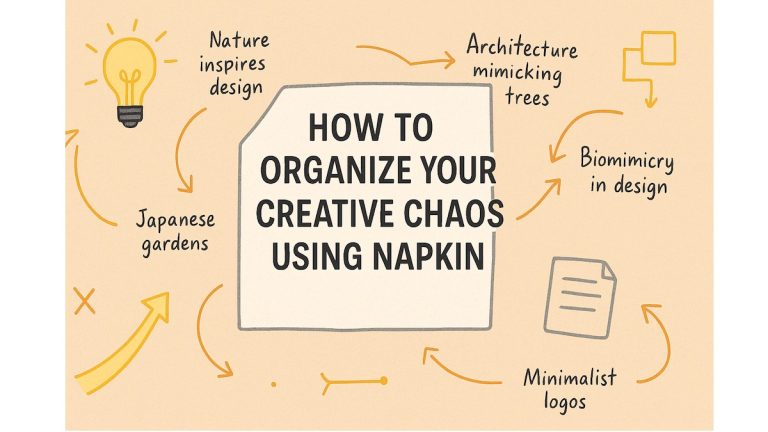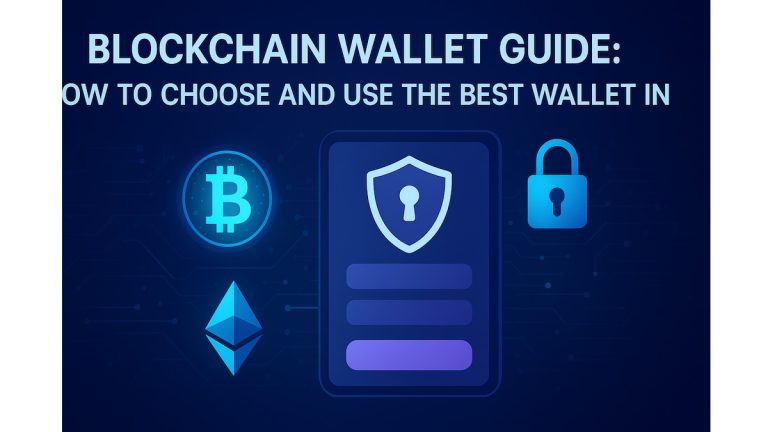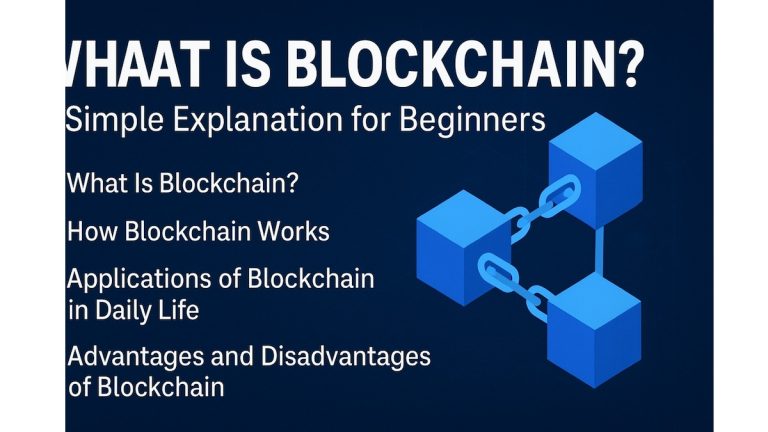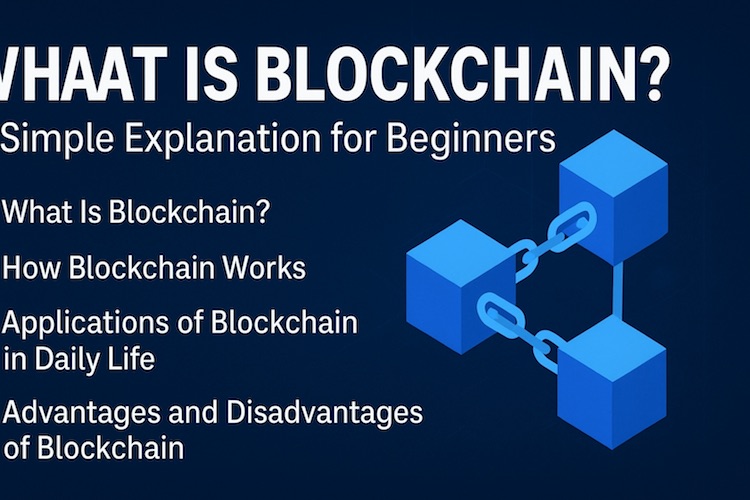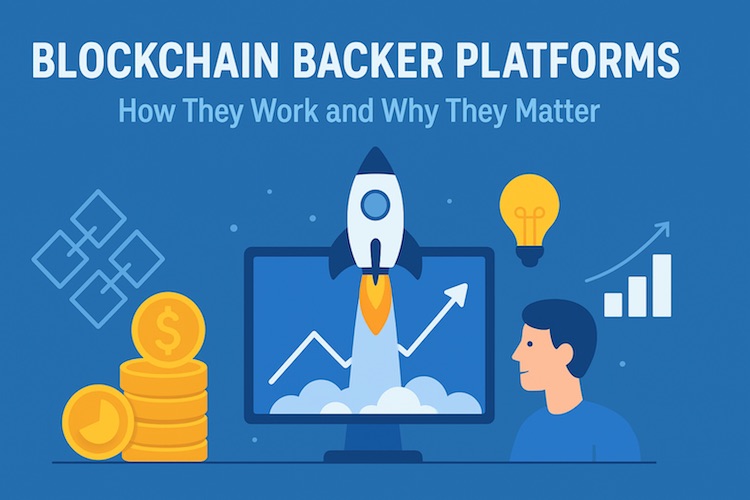Creativity rarely shows up in neat, color-coded folders or perfectly arranged spreadsheets. More often, it arrives uninvited in messy bursts—a late-night thought scribbled on a sticky note, a shower idea that vanishes before you can grab a pen, or a random sentence typed in your phone’s notes app. For most of us, the real challenge is not having ideas; it’s keeping track of them, shaping them, and eventually turning them into something useful. How to Organize Your Creative Chaos Using Napkin
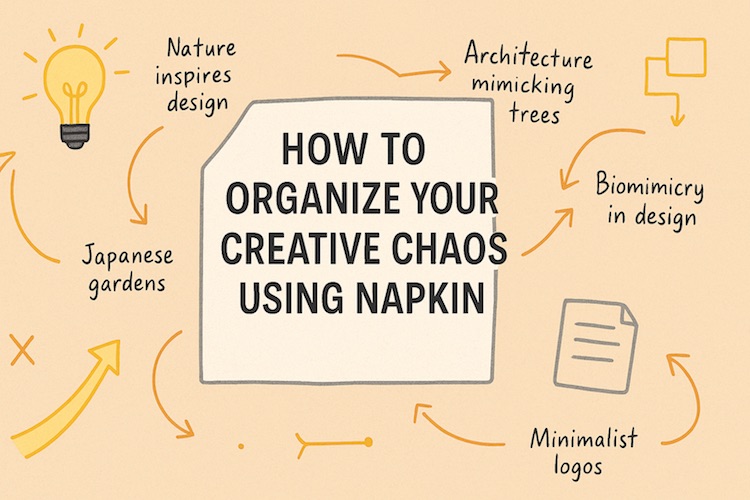
That’s where Napkin comes in.
Napkin is not another rigid productivity tool trying to force your imagination into a calendar or a checklist. Instead, it’s a simple, digital space where your seemingly random ideas can exist freely at first—messy, scattered, half-formed—and then slowly evolve into clear connections. Think of it like having a giant digital napkin where you jot down thoughts, and over time, those scattered scribbles start linking together, revealing patterns you didn’t see before.
Must Read : Aeitto Nugget Ice Maker Review
In this article, we’ll explore how you can use Napkin to organize your creative chaos without suffocating it. We’ll look at why messy ideas matter, how Napkin works, and practical strategies to turn fleeting thoughts into meaningful projects. By the end, you’ll have a roadmap for embracing your chaotic creativity instead of fighting it.
Why Creative Chaos Feels Overwhelming
Before we dive into Napkin, let’s be honest about the problem. Creative people often deal with idea overload.
- You read an article, highlight a sentence, and forget about it.
- You hear a podcast quote and jot it into a random note-taking app.
- You wake up with an idea for a project and scribble it on paper.
- Later, you have no clue where any of those ideas are stored.
This chaotic system works for a while, but eventually you end up with hundreds of notes scattered across apps, notebooks, and voice memos. Instead of helping your creativity, this clutter creates anxiety. You don’t know what to prioritize, what to discard, or how to connect the dots.
The truth is: mess is part of the creative process. Great ideas rarely arrive fully formed. They begin as fragments. But if you never organize those fragments, they stay fragments forever.
Napkin steps into this messy reality—not to clean it up completely, but to give it shape and flow.
What Makes Napkin Different from Other Tools?
There are dozens of productivity apps out there: Notion, Evernote, Obsidian, Roam, and more. So why Napkin?
Unlike most productivity software that emphasizes structure from the start, Napkin embraces mess first, clarity later.
Here are a few qualities that make it unique:
- Simplicity – You don’t need to create folders, categories, or tags before writing. You just throw your ideas in, like scribbles on a napkin.
- Organic Connections – Napkin automatically surfaces related thoughts. Instead of manually linking notes, the tool helps you see patterns emerging between your ideas.
- Visual Flow – Ideas in Napkin feel less like files in a cabinet and more like pieces of a puzzle waiting to fit together.
- Non-linear Thinking – Creative thinking isn’t a straight line. Napkin respects that by letting you explore connections sideways instead of forcing you into rigid hierarchies.
- Low-friction Capture – The faster you can get an idea out of your head, the less likely it is to disappear. Napkin is designed for quick input.
In short, Napkin is less about managing tasks and more about growing ideas.
Step 1: Capture Your Chaos
The first step in using Napkin effectively is simply to capture whatever pops into your head—without judgment.
Maybe you’re reading a book and a sentence resonates. Maybe you overhear a conversation at a café. Maybe you suddenly think of a tagline for a project. Normally, you’d jot it on a sticky note or lose it in your phone’s note app.
With Napkin, you just toss it in.
Don’t worry if it doesn’t make sense. Don’t worry if it feels silly. Think of it like collecting puzzle pieces. On their own, each piece doesn’t mean much. But together, they start forming a picture.
Pro tip: Lower the barrier to entry. If it takes too much effort to add a thought, you won’t do it consistently. Treat Napkin like a digital junk drawer for your ideas.
Must Read : Blockchain What Is It? A Beginner’s Guide to Understanding the Technology
Step 2: Let Ideas Breathe
Here’s the genius part: you don’t have to immediately organize what you captured.
Unlike traditional systems where you tag, file, and categorize notes the moment you create them, Napkin encourages a delay in organization. That delay is not procrastination; it’s incubation.
Ideas often need time to breathe before their true value shows up. Today’s random thought may not seem important, but next week—when it connects to another thought—you’ll see its relevance.
This is why Napkin feels liberating: it doesn’t demand instant clarity.
Step 3: Follow the Connections
As your collection grows, Napkin helps you discover links. This is where chaos starts turning into order.
For example:
- You save a thought about “how nature inspires design.”
- A week later, you save another thought about “architecture mimicking trees.”
- Napkin surfaces a connection. Suddenly, you see a theme emerging: biomimicry in design.
This natural linking is powerful because it mirrors how the brain works. Our minds make associations constantly, but we often forget them just as quickly. Napkin acts like a second brain, capturing and surfacing those hidden connections.
Step 4: Shape Ideas into Projects
Eventually, you’ll notice clusters forming. A handful of notes may orbit around a single theme. That’s your cue to take the next step: shaping.
Clusters can become:
- A blog post.
- A chapter of a book.
- A business idea.
- A creative project.
- A presentation.
This is the point where you move from chaos mode (lots of fragments) to clarity mode (a structured piece of work).
Napkin doesn’t force you into this step, but it makes it easier. You’ll notice when your napkin scribbles are ready to graduate into something bigger.
Step 5: Review and Reflect
Creative people often skip reflection. We keep generating new ideas without revisiting old ones. But old ideas are fertile soil for breakthroughs.
Napkin’s design encourages gentle review. By resurfacing forgotten thoughts and showing new links, it nudges you to reflect.
Think of it as a quiet conversation with your past self.
Some ideas will make you laugh (“Why did I even write that down?”). Others will surprise you (“I didn’t realize I’ve been circling this theme for months”). Reflection helps you spot your evolving creative patterns.
Practical Tips for Using Napkin Daily
Here are some practical ways to get the most out of Napkin:
- Set a capture routine – Each morning or evening, jot down 3–5 small observations from your day. Over time, this habit compounds.
- Don’t over-polish – Write messy. Use fragments, not polished sentences. Napkin thrives on raw input.
- Use prompts – When stuck, ask yourself: “What did I notice today? What made me curious? What confused me?”
- Trust connections – Even if you don’t see relevance now, trust that Napkin will show you links later.
- Review weekly – Spend 20 minutes browsing your Napkin each week. This helps you catch emerging clusters.
Why This Works: The Science Behind It
Napkin’s approach is not just a clever design choice—it’s rooted in psychology and creativity research.
- Associative Thinking – Human creativity often emerges from connecting unrelated ideas. Napkin’s automatic linking system mimics this process.
- Zeigarnik Effect – Our brains remember unfinished thoughts better than finished ones. Capturing fragments keeps them alive.
- Incubation Period – Studies show that stepping away from problems allows the subconscious to process them. Napkin’s “mess first, clarity later” model supports this.
- Second Brain Principle – By offloading thoughts into Napkin, you free up mental space for deeper work.
In short: Napkin aligns with how creativity naturally unfolds.
A Personal Example
Let me give you a story.
A friend of mine is a designer. She constantly scribbles ideas—color palettes, quotes from podcasts, sketches, random questions. Her desk used to be covered with sticky notes. Eventually, the clutter overwhelmed her, and she stopped capturing ideas altogether.
Then she started using Napkin.
At first, she dumped everything in. No structure. Just fragments. Over time, Napkin began surfacing connections—between a note on “Japanese gardens,” another on “minimalist logos,” and yet another on “emotional calm in design.”
Three months later, those fragments evolved into a client presentation on “Designing for Calm.” That presentation won her a major project.
The magic wasn’t in perfectly organizing her notes from day one—it was in giving them a space to live and then letting patterns reveal themselves.
Common Mistakes to Avoid
While Napkin is simple, people sometimes fall into traps:
- Over-categorizing – If you try to impose rigid structure immediately, you defeat the purpose. Let ideas stay loose.
- Capturing too little – Don’t censor yourself. Even silly thoughts can spark breakthroughs later.
- Never reviewing – If you only capture and never revisit, connections won’t form. Make time to reflect.
- Expecting instant results – Napkin is not a magic wand. It’s a garden. Seeds (ideas) take time to grow.
Turning Chaos into a Creative Habit
At its heart, Napkin is less about technology and more about mindset. It teaches you to trust your messy side.
Most of us were trained to be tidy thinkers: outline first, write later; plan before acting. But creativity doesn’t follow straight lines. The best work often comes from unexpected collisions of thoughts.
Napkin provides the perfect middle ground: a space where chaos is welcome but not wasted.
Conclusion: Embrace the Mess
The next time you feel overwhelmed by scattered ideas, remember this: creativity is supposed to be messy. The trick is not to eliminate the mess but to give it a safe home.
Napkin does exactly that. It turns the chaos of fleeting thoughts into fertile ground for meaningful connections. With consistent use, you’ll start to notice patterns, themes, and projects emerging almost effortlessly.
So instead of fighting your creative chaos, embrace it. Collect your fragments. Let them breathe. Follow the connections. And watch as your napkin scribbles transform into your next big idea.
